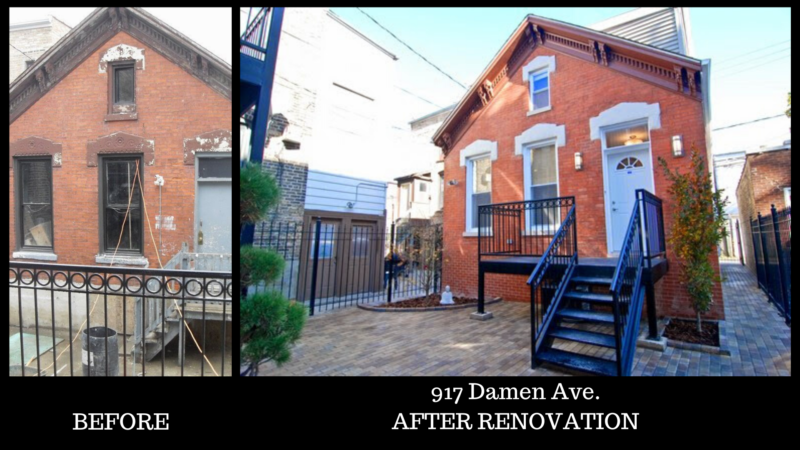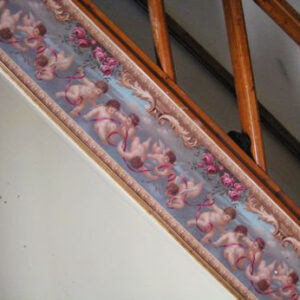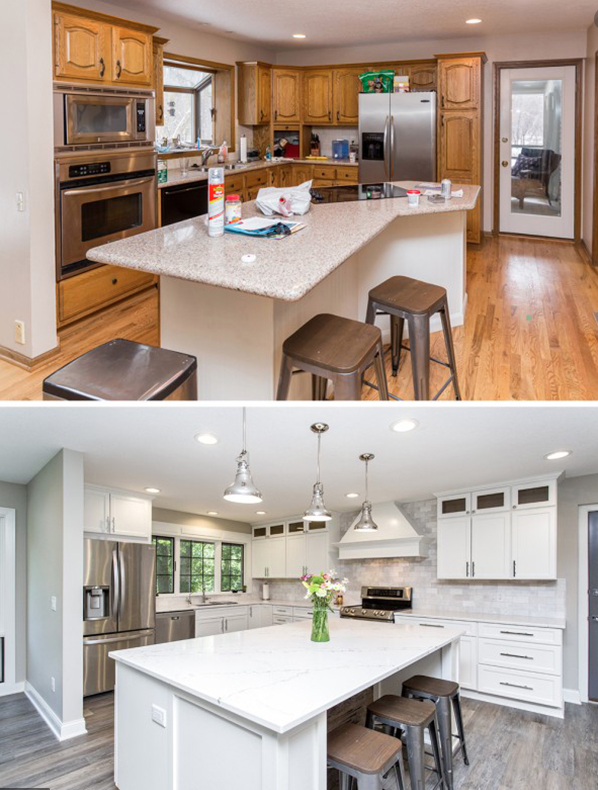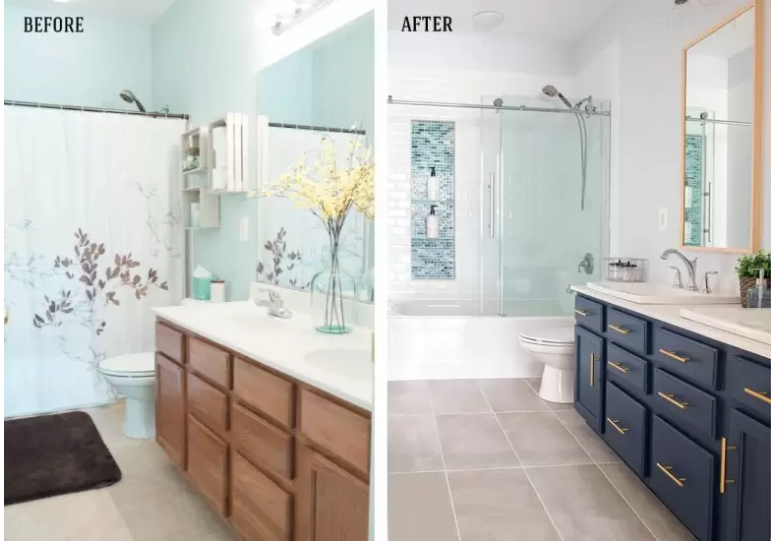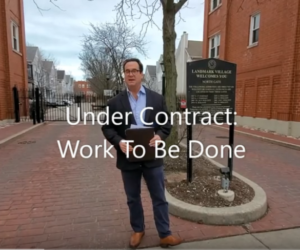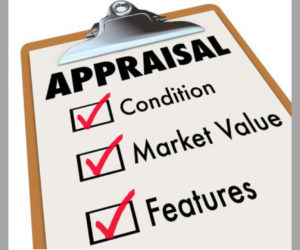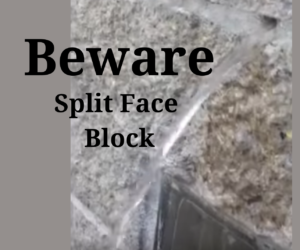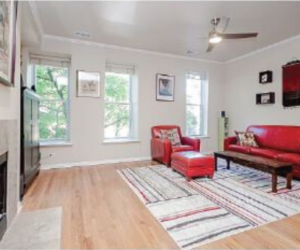There are a lot of great contractors out there, but there are also many that are either not good at what they do or outright dishonest. Add to the mix clients changing their minds, surprises that are found once walls are open, and a lack of specificity in the contract on exactly what is to be done, how, when, and what material is to be used, and there are lots of opportunity for disputes between contractors and clients. One of the big disconnects between the client and the contractor is that the Bid process creates an immediate goal alignment issue. Once a set price is established for some work, the contractor’s motive is to spend as little on material and labor as possible to maximize profit, which is in direct contrast to the client’s interest. Some contractors work on a cost-plus an agreed-upon profit upfront. In this system, the contractor does not have to gouge the client to cover unforeseen potential risks, plus it eliminates arguments about what is included, types of material, and client changes. Further, the client has peace of mind knowing that the contractor is not going to cut corners and do something dishonest to make an otherwise unprofitable job profitable.
Whether on a bid or a cost-plus basis, the absolute golden rule is never to let the money get ahead of the work. If a contractor wants a large deposit to buy materials before the start of the job, I recommend you do not agree to this. Instead, split the deposit so that half is due at contract signing and the other half is due when he shows up with the materials on the first day. If the contractor does not have the financial capacity to do this, then you probably don’t want to hire this person anyway.



